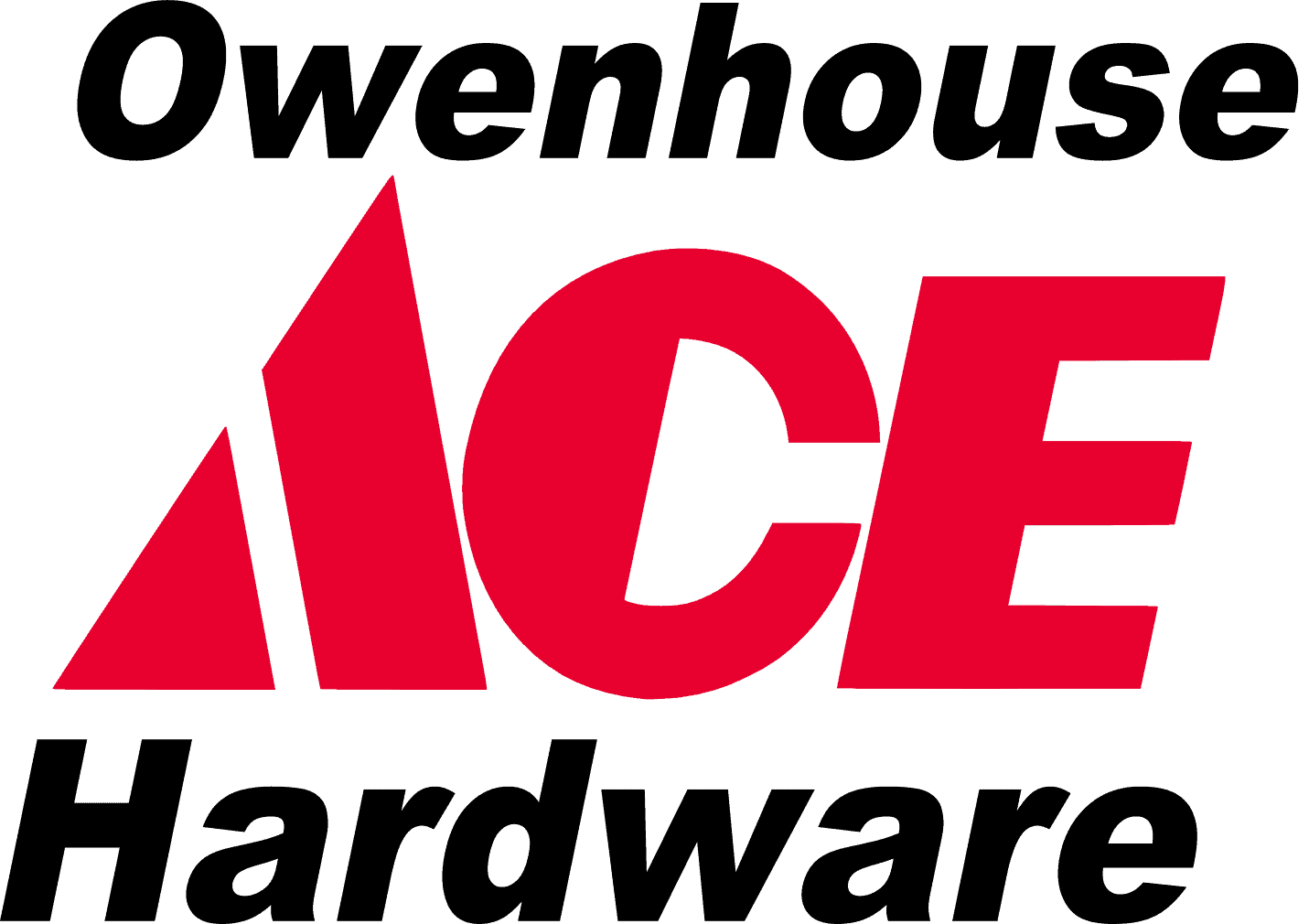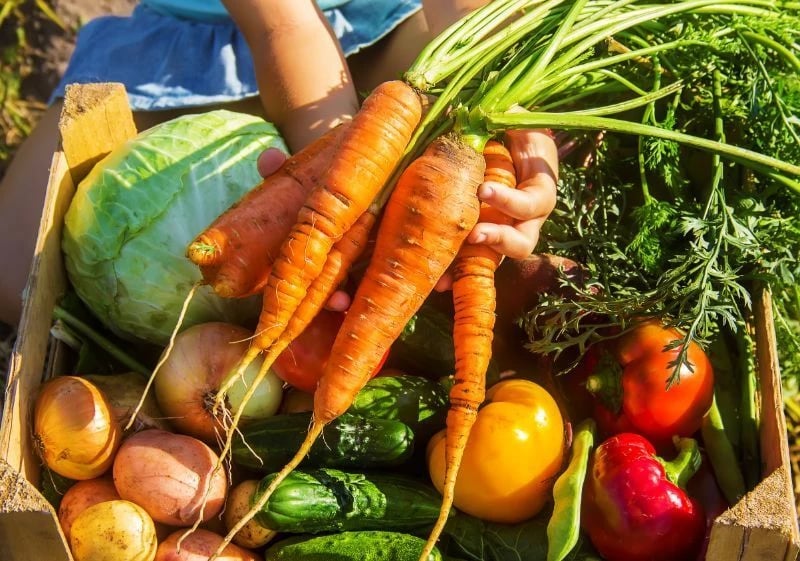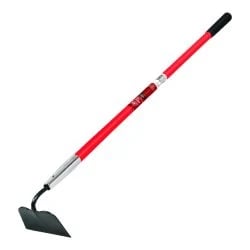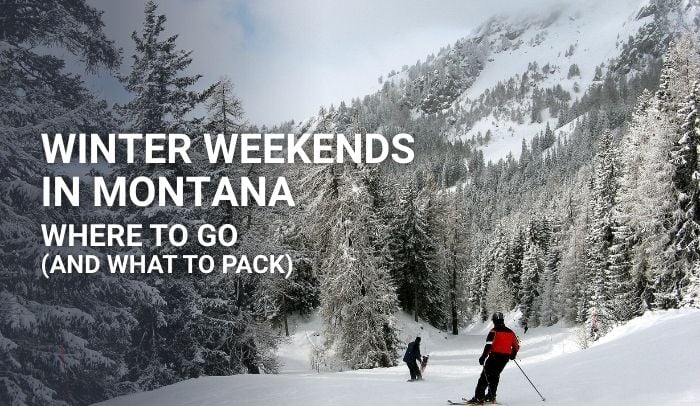Have you been wanting to start a home garden? It may sound daunting at first but we are here to break it all down for you! And spoiler alert: it is a weekend DIY project that anyone can do! Knowing where your food is coming from and having a steady, personal supply of fresh produce has never been more important than now. In fact, home gardens have been booming worldwide since the coronavirus pandemic put everyone on lockdown and people began to worry about food shortages. Controlling for the cleanliness and safety of your food, not needing to grocery shop nearly as often and expose yourself to others, eating more fruits and vegetables to strengthen your and your family’s immune system, and save money long term, are all reasons to start planning your home garden today! It is not nearly as complicated as it seems. If you are new to gardening, you probably have many questions regarding when and how to start your home garden. We’re here to help!
Step 1: What’s the best time of year to start your outdoor garden in Montana?
The time to start planning and planting in early May, which is when nighttime temperatures tend to be consistently above freezing. There are a few different ways to start an outdoor garden and ultimately it depends which crops you wish to grow, how involved you wish to be in the entire process, how much garden space you have, and where you live in Montana.
Where you live is important because you want to pay attention to frost dates. Final spring frost dates determine when the first seeds can be safely planted and thus germinate. Early spring nighttime temperatures are too unpredictable and cold for many types of vegetables to survive but there are exceptions like lettuce, cabbage, spinach, radishes, beets, and carrots. These garden plants are hardy and can withstand temperatures as low as 32 degrees. Warm-season crops, like tomatoes, peppers, and cucumbers cannot survive the cold temperatures of early spring and should be planted later. Even if you germinate your seeds indoors and then transplant them outside after a few weeks, planting too early can result in your vegetables freezing which will kill them. The Farmer’s Almanac is a tremendous guide for what to plant and when based on where you live.
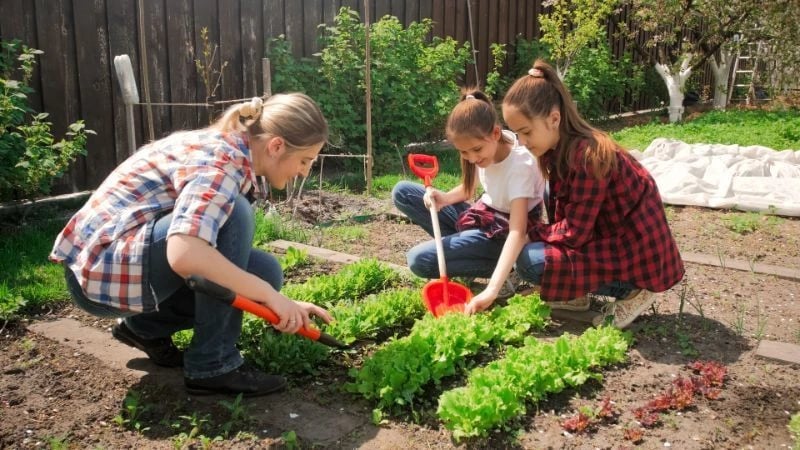
Step 2: Deciding what to grow
Deciding what you wish to grow in your outdoor garden determines when you should be planting. Different crops should be planted at different times of the year. Just like you may notice at grocery stores or farmers markets that different fruits and vegetables are in season at different times of the year, similarly, you will notice at garden shops and nurseries that seedlings are in season at different times of the year too. In fact, you can and should plant several rounds of vegetables based on their ideal growing season so you have a steady stream of a wide variety of produce from early spring through late fall. Planting crops in succession is also healthy for the soil.
If you live in Bozeman, now is the time to start making a garden plan for yourself. Make a list of the garden plants you wish to buy as seeds and germinate indoors in what is essentially a temporary indoor garden to transplant after a few weeks into your outdoor garden. Start this process sometime between March and May depending on which vegetable it is and where you live. Once the seeds have sprouted, the seedlings can then be transplanted in to your outdoor garden.
If you do not wish to sprout seeds in your home, you can wait and purchase seedlings to plant directly into your outdoor garden. These seedlings can be purchased from a garden nursery or garden supply store near you.
Your other option is to plant seeds directly into your outdoor garden. Some vegetables do better being grown indoors for a few weeks first while others thrive being planted outside from the beginning. You want to pay attention when purchasing seeds as to whether they highly recommend indoor germination or can be planted directly into your outdoor garden.
Beets, carrots, potatoes, corn, green beans, spinach, onions, radishes, turnips, and herbs like chives, parsley, dill, and cilantro can be planted in your outdoor garden as seeds. Alternatively, produce like bell peppers, broccoli, Brussel sprouts, cabbage, cantaloupe, cauliflower, celery, cucumber, eggplant, kale, lettuce, pumpkins, squash, sweet potatoes, Swiss chard, tomatoes, watermelon, and herbs like basil, thyme, rosemary, sage, and oregano have the best survival rate when you start with the seeds indoors and allow them to germinate for approximately 4-8 weeks before transplanting them into your outdoor garden.
Our recommendation is to start small with a manageable garden that does not overwhelm you. Make a list of the fruits and vegetables you and your family love the most and you look forward to eating. You can always increase the size and variety of your garden as you gain experience this summer and add on each year.

Step 3: Picking the right space (or constructing the right space) for your garden:
Most vegetables will require at least 6 hours of direct sunlight so make sure you have a space in your backyard that will allow your garden to thrive in the sun. You also want to examine the soil to make sure it is moist yet has good drainage. If you are planting directly into the ground you will likely need to do some garden preparation by tilling the soil to remove the rocks.
Another option is to construct a raised garden bed in your backyard. This sounds like a major construction project but it truly is a quick DIY project that anyone can do! We will start with a 4’ x 8’ raised garden bed as an example. Here is what you will need:
- Two 2 x 12 planks, each 8 feet long
- Two 2 x 12 planks, each 4 feet long
- 12 pieces of rebar, each 2 feet long
- 1 rubber mallet
- Newspaper or cardboard
- Soil to fill the finished frame (50 to 60% good-quality topsoil and 40 to 50% well-aged compost).
Lay the boards down in a rectangle where you want your raised garden bed to be located. Then stand one board on its side at a time and using the rubber mallet, hammer each piece of rebar into the ground spacing them 2 feet apart from each other. Spread the newspaper or cardboard on the floor of the raised bed, spray with water to wet thoroughly, and then add soil to within a few inches of the top of the boards. You are now ready to start planting your crops!
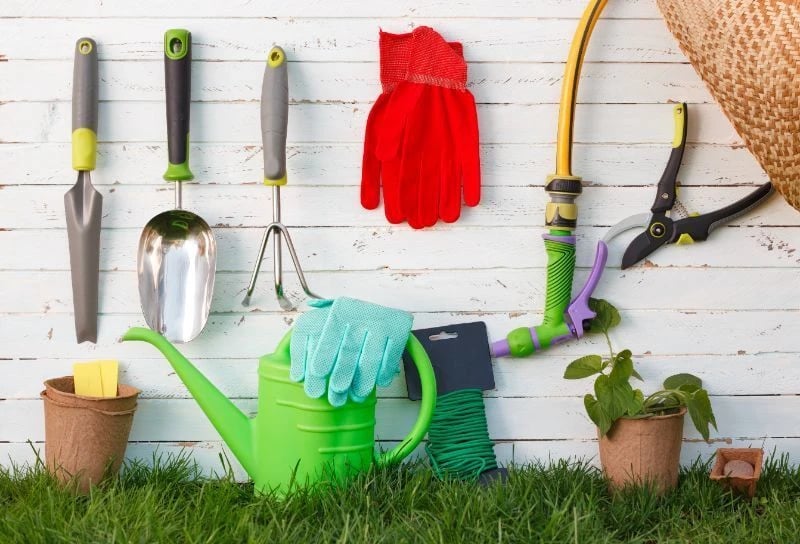
Step 4: Additional tools you need to garden:
In addition to all the seeds or seedlings you want to grow in your garden, these are our recommendations for basic garden tools:
If you are growing fruits and vegetables indoors first:
-Small pots to hold each one that has good drainage and saucers to collect drainage water so it does not spill in your home.
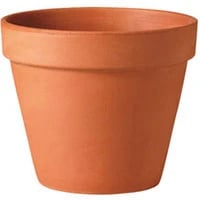

-Grow lights if you do not have an extremely sunny spot in your home.
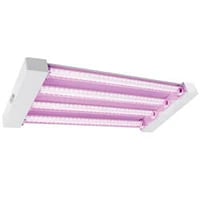
-High-quality potting mix.
-Gardening gloves – while we love getting our hands dirty, it is always a best practice to have a pair of gloves to protect your hands.
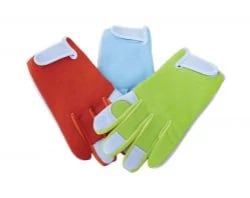

-Shovel – for digging holes to plant your seeds or transplants.


-Netting – whether you are planting directly into the earth or constructing a raised garden bed, you will want some type of netting to protect your garden plants from small animals like birds, deer, and rabbits who also find them delicious!


-pH and nutrient content testing kit – Before each new growing season, test your soil both pH and nutrients. Dead soil will not yield healthy produce!


-Garden hoe – this is used to drag across the soil and chop off weeds at their base.
-Pruning shears – you will need this to cut back your crops as they thrive!


-Hose or watering can – plants need water every day to grow!
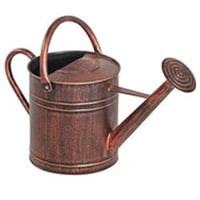

-Frost blankets – if you are planting early in the season.

-Soil additives – such as lime and fertilizers – this is why a soil test is important before you start planting.
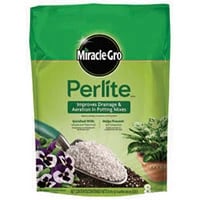
-Drip irrigation system – this is an upgrade that will make your life easier! A drip system will make sure your garden plants have a steady stream of water and can be set on a timer so your plants won’t dry out if you forget to water them or go on vacation.

-Composters – you can make your own soil! It is so easy!
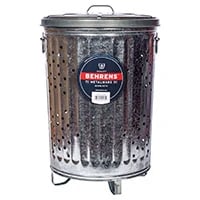
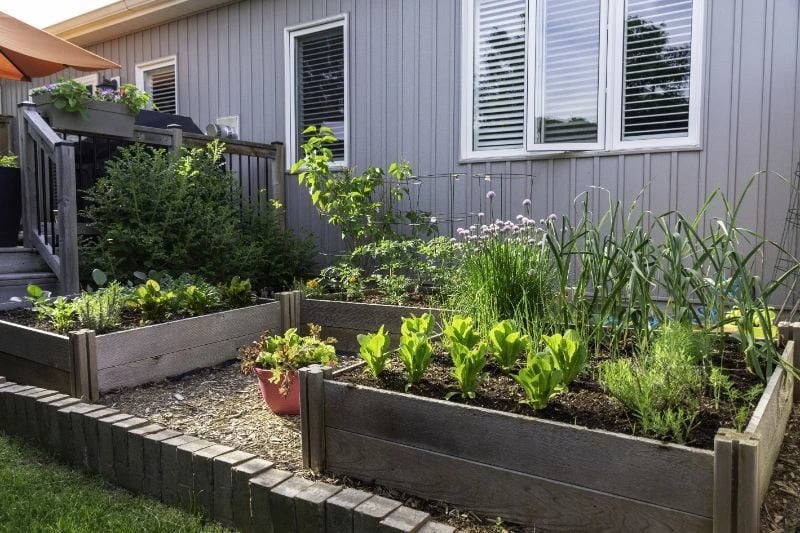
Conclusion:
This DIY project is worth the effort! It is a weekend DIY project that you will be so proud of and will yield so much fresh and healthy food for your family. Imagine fresh produce every day in your backyard garden! If you are searching for a garden store near you, look no further! You can find everything you need to start your backyard garden at Owenhouse Ace Hardware!
Our Garden Center is open! We are your local garden supply store and we have all the garden supplies you need to DIY! If you have any questions, our team of experts is here to help you construct the home garden of your dreams!
